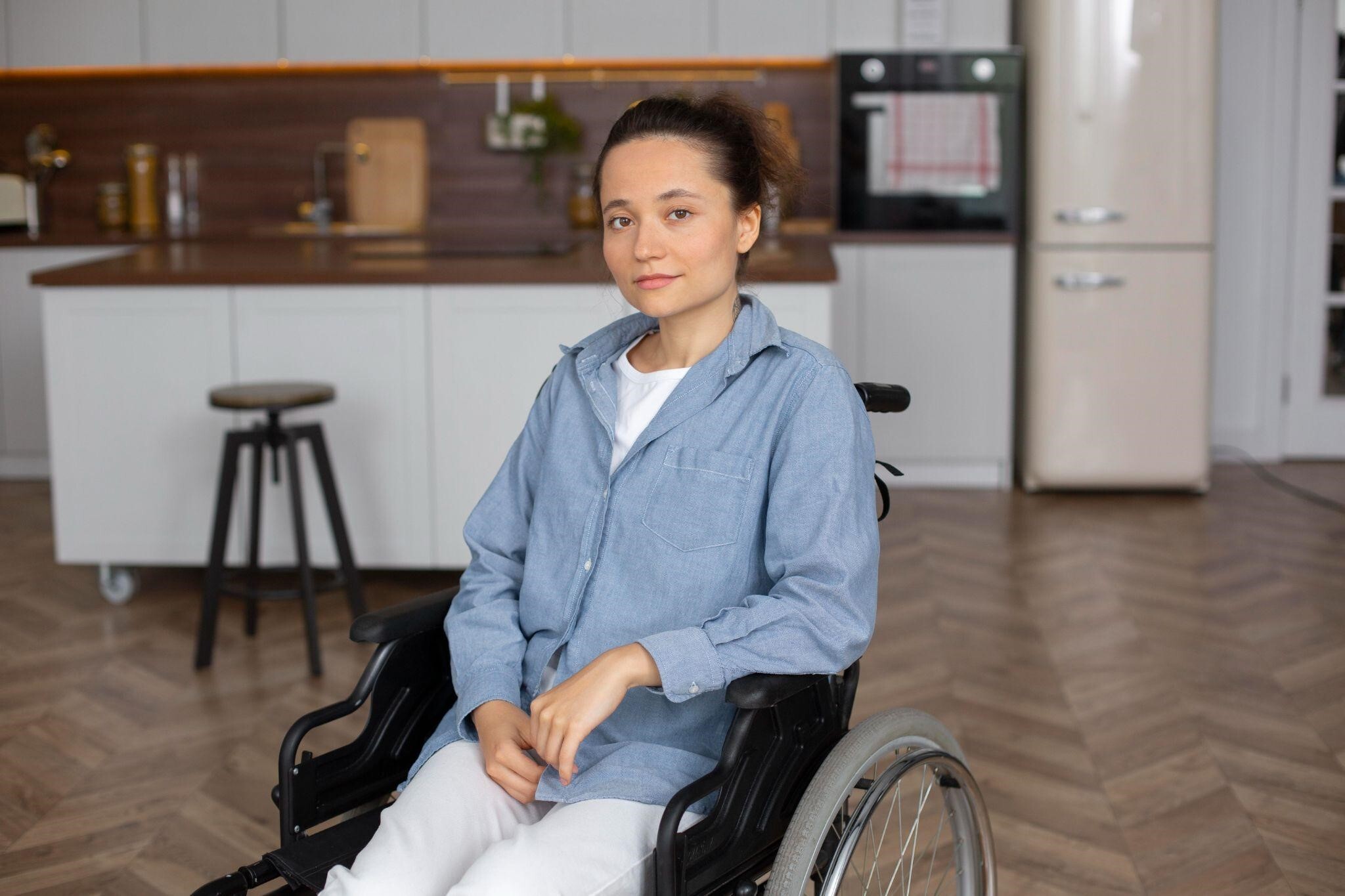
Relocating can be both exciting and
stressful, but for individuals with disabilities, moving comes with unique
challenges that require foresight, accessibility planning, and the right
support systems. This guide brings together practical moving strategies,
accessible resources, and preparatory checklists designed to make your
transition smoother, safer, and less overwhelming.
●
Plan early and evaluate
accessibility in your new home.
●
Hire movers who specialize in
accessibility needs.
●
Label essentials and use adaptive
equipment for packing/unpacking.
●
Invest in home protection to avoid
costly repairs later.
●
Set up support systems — from
transportation to post-move care.
One of the most overlooked parts of
moving is ensuring your new home supports your accessibility needs. Ramps,
wider doorways, and reachable outlets are small details that can make daily
life dramatically easier. Before signing any lease or purchase agreement,
arrange for a home accessibility assessment or virtual tour focusing on layout,
lighting, and bathroom safety features.
Moving into a new space often means
encountering new systems — appliances, heating units, and electrical networks
you’re unfamiliar with. Protecting your investment early can prevent stress
later. Purchasing a home
appliance warranty ensures you’re covered if critical systems
malfunction. Look for a policy that includes removal of defective equipment and
breakdowns caused by improper installations — it’s a safeguard worth having,
especially if you depend on accessible appliances.
|
Category |
Key Actions |
Notes |
|
Documentation |
Update medical records, address changes,
insurance |
Notify healthcare providers early |
|
Accessibility
Equipment |
Inspect ramps, lifts, wheelchairs |
Service before moving day |
|
Transportation |
Book accessible transport or paratransit |
Include caregiver travel arrangements |
|
Packing |
Label essential items clearly |
Pack medications and adaptive tools
separately |
|
New
Home Prep |
Confirm doorway widths, grab bars, floor
space |
Request modifications if renting |
●
Lightweight, easy-grip boxes
●
Label makers or color-coded
stickers
●
Adaptive gloves for packing
●
Portable ramps or threshold plates
●
First aid and medication kit
●
Phone charger and accessibility
tech
●
Extra batteries and backup power
supply
After moving, focus on adjusting your new
environment to suit your routines. Connect with licensed contractors for minor
modifications such as grab bar installation or doorway widening. Meanwhile,
explore online platforms like TaskRabbit
to find local helpers for unpacking or setup tasks.
Smart home hubs can dramatically improve
independence and safety. Devices compatible with voice commands (like Google
Home or Alexa-enabled switches) help control lighting, locks, and thermostats
hands-free. Consider pairing these with motion-activated sensors or an
emergency alert bracelet for added peace of mind. Brands offering
accessibility-focused ecosystems, such as Apple
HomeKit, provide multiple integrations across mobility and sensory
needs.
Q1:
How do I find movers who understand accessibility needs?
Search for certified companies through disability
networks or national registries that specialize in accessible relocations.
Q2:
Can I get financial aid for moving expenses?
Yes. Programs like HUD’s Section 811 and local disability grants
may offer moving stipends or subsidies.
Q3:
What should I do if my new home isn’t accessible yet?
Request a reasonable accommodation from your landlord
or consult the ADA National Network
for legal guidance.
Q4:
Are there organizations that help coordinate the move?
Yes. Agencies like Easterseals or your local United Way chapter often provide volunteers or
moving coordination assistance.
Accessibility
Audit: A professional assessment of physical or
digital environments for disability inclusion.
Assistive Technology: Tools that
enhance independence (e.g., screen readers, voice control, lifts).
Reasonable Accommodation: Legal term
for changes ensuring equal access to housing or services.
Universal Design: Building
principles that make spaces usable by everyone, regardless of ability.
Paratransit: Specialized
transportation service for people with mobility impairments.
Moving with a disability requires careful
coordination — but with planning, protection, and accessible design, the
process can be empowering instead of overwhelming. Whether you’re safeguarding
your new space with a warranty, organizing adaptive support, or configuring
smart systems, each small step ensures greater independence and peace of mind
in your new home.
Related
Resources
●
ADA Home
Accessibility Guidelines
●
Moving Tips from the National Council on Independent
Living
●
Emergency
Preparedness for People with Disabilities
●
Medicaid Home and Community-Based Services
Discover
the ultimate storage solutions at My Extra Garage in Waupaca, WI, where convenience meets security for all
your RV, boat, and self-storage needs!